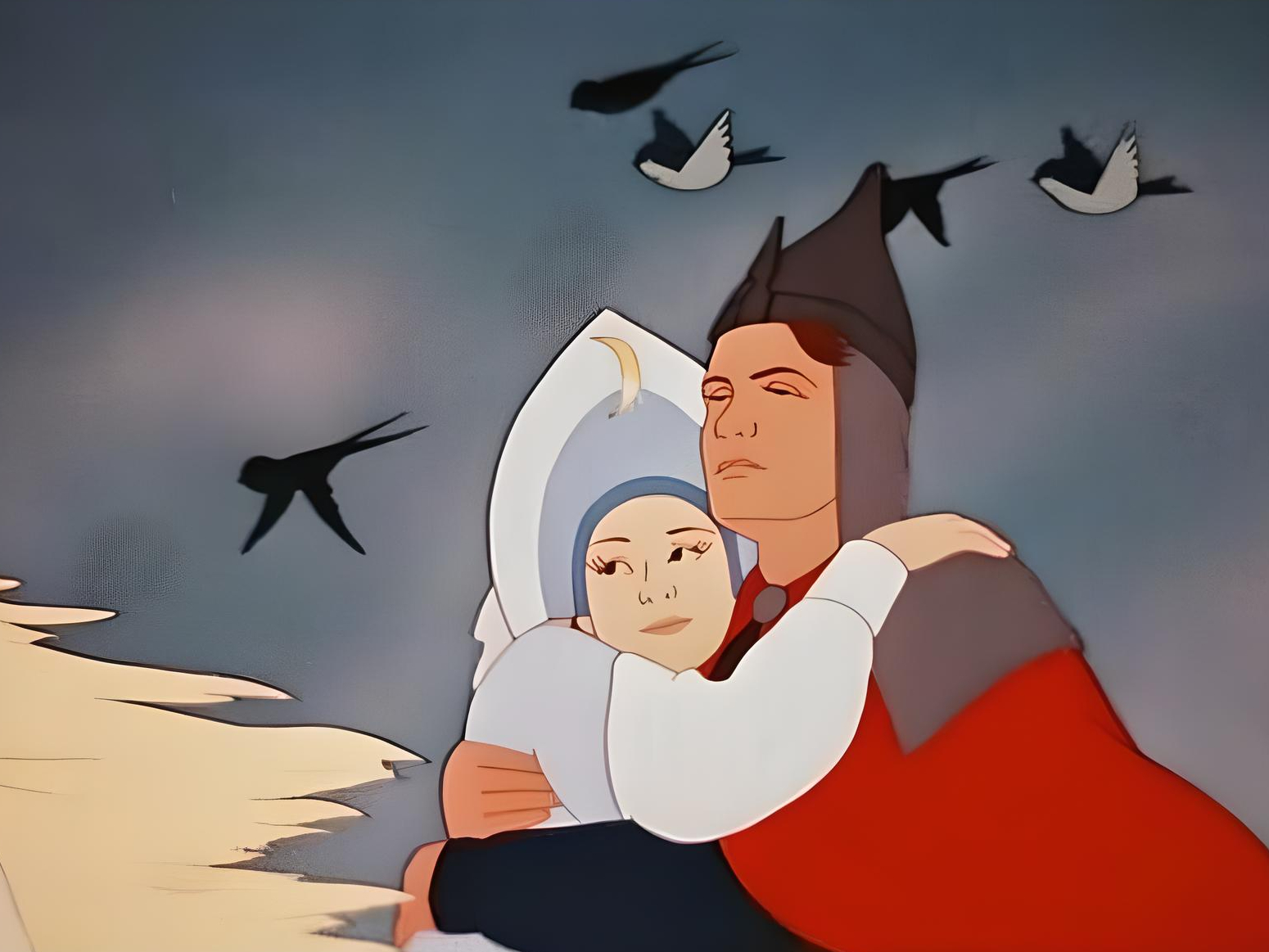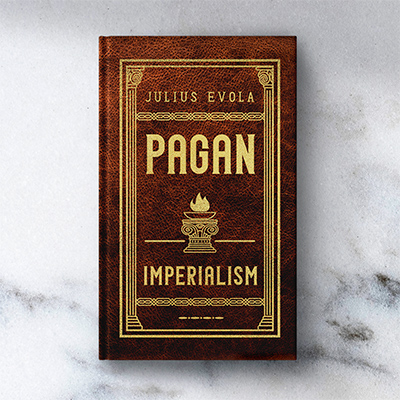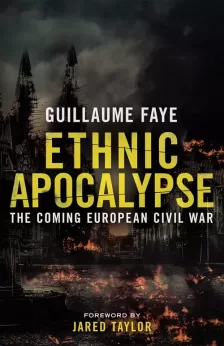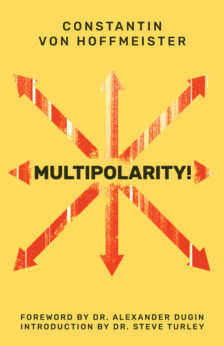We Have Come to Raise Your Children: Soviet Animation Is Good for Mankind
The purpose of art in general and animation in particular is … to help navigate life. To understand the sea of feelings, emotions, characters, actions, events…To help distinguish the truth from lies, and half-truths.
— Lev Atamov
If you want good upbringing for your children, let them watch Soviet animation films.
— Pope John Paul II
Soviet animation films were filled with deep meaning, they taught young people how to be compassionate, how to ask and answer deep and important life questions, and how to use their imagination. Yet they were simple and accessible, as any genuine work of art should be. Today, this kind of simplicity has given way to primitivism, and sometimes to plain bad taste. At times, it seems to me that people cannot always see the boundary that separates true art from bad taste — simply because the encounters with genuine works of art have become so rare.
— Yuri Norstein
The important thing is the family.
— Walt Disney
An aside: The artist from Vienna loved Snow White and the Seven Dwarves, Mussolini loved Mickey Mouse.
Man is most nearly himself when he achieves the seriousness of a child at play.
— Heraclitus
At one time, the Soviets and the Americans were united in theme. Manners, upbringing, outlook: chivalry, kindness, admiration of nature, respect for elders, the celebration of the warrior ethic, these themes were in most Soviet and American animation. Sure, both empires had their overt or covert propaganda, espousing the wonders of the proletariat or the glory of anarcho-capitalism, the victory of the peasant over the parasitic banker, the victory of the white Anglo-Saxons over red savagery and devil worship. Both empires had their propagandistic cartoons, their lowest common denominator cartoons, the ones that spoke down to children, said to them, you’re stupid so eat this stupidity. If they said this to children, they said it to adults. Propaganda cartoons weren’t popular in either nation. What were popular, even great, were the animated movies. The great cartoons of the 1930s-1960s from these two countries alone outshine all other animation. All.
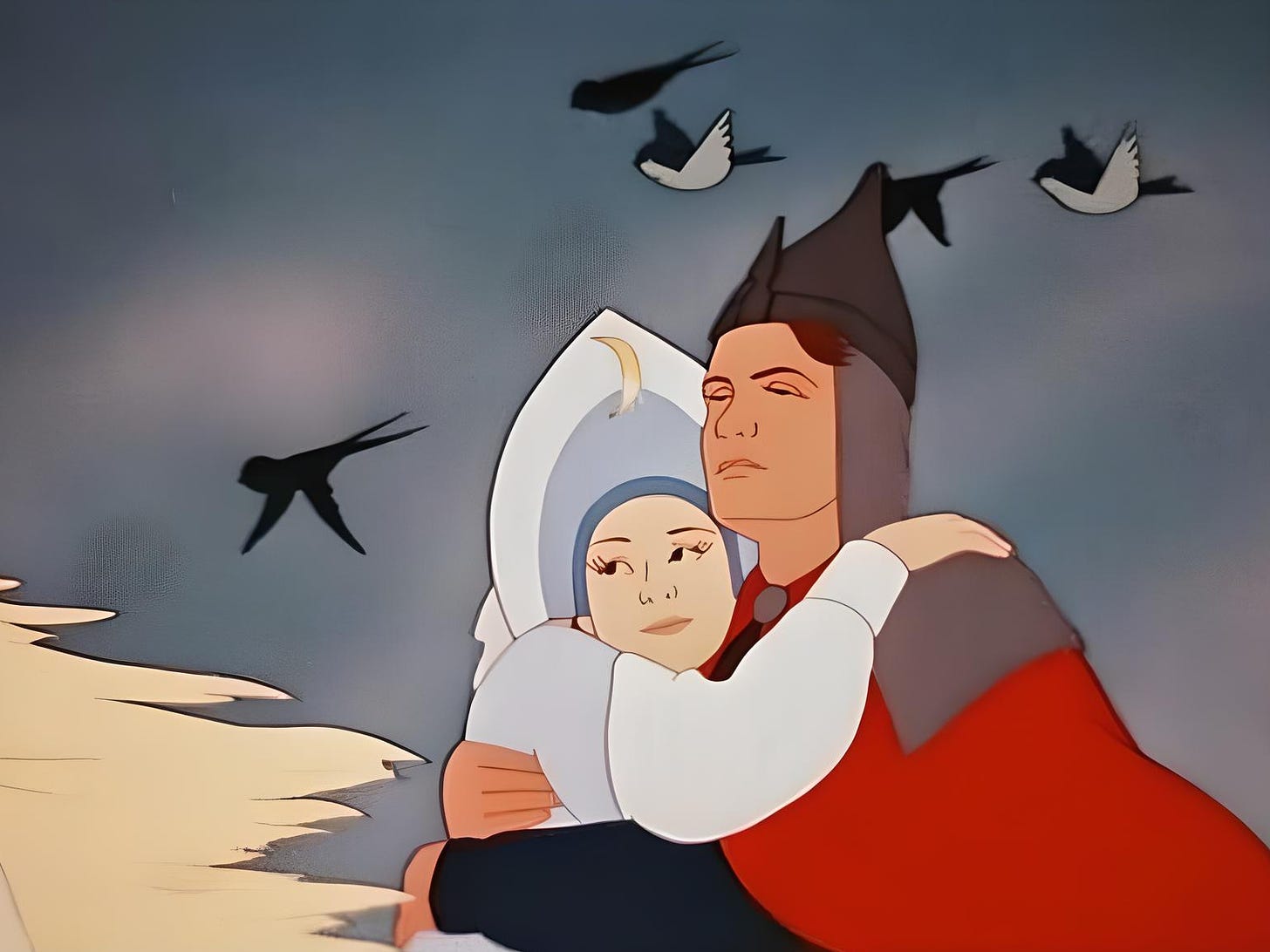
‘The Frog Princess’ (1954)
Snow White, Moydodyr, Pinocchio, The Tale of Tsar Sultan, Dumbo, The Lost Letter (based on the Gogol story), Bambi (based on Austrian Jew eroticist turned children’s book writer, Felix Salten), The Snow Queen (from H. C. Andersen’s tale), Cinderella, Peter Pan, Lady and the Tramp, Robin Hood, The Scarlet Flower, Bremen Musicians, Cheburashka, Bag of Apples, Karlsson on the Roof, Winnie Pooh (both Soviets and Americans made a popular cartoon of this Milne classic), Hedgehog in the Fog. The list, literally, could go on for ages. Some, like degenerate American cartoonist Milton Knight thought the Soviet cartoons, especially of the 1950s, were “the most boring on earth.”
Animation, the good and great animation, was born from fairy tales, from folklore. Fairy tales split from myth, from religion. Where myths are sacred, the fairy tale is not. It is profane, literally “before the temple.” Myths and religious incantations are inside ritual, inside a holy place, fairy tales are of the street, the countryside, from mouth to ear, ad infinitum. The founding of the first Communist state coincided with the nascent film movement. In the beginning was the word, young Communists still read books. Like their capitalist counterparts, sometimes the same books, Jack London, for example, was hugely popular in the West and in the early — and still in today’s Russia — Soviet State (the last thing the dying Lenin heard was the words of Jack London’s White Fang). It was the time of radical change, Sergei Asenin, “Soviet animation … from the outset established itself as an art ideologically active, politically acute.”
Film, including animated film, wasn’t popular, yet the early Soviets used it as propaganda.
The early animation didn’t use fairy tales. Fairy tales and folklore were scuppered by none other than Lenin’s ghoulish wife, Krupskaia, who declared them persona non grata and cleansed all the libraries of this capitalist filth. According to folklore scholar, Felix Oinas,
Among the fairy tale’s chief opponents was the powerful Nadezhda Krupskaia, Lenin’s widow and a leading authority on education and library science in the new Soviet state. In 1924, as chair of the Committee of Political Education, she was instrumental in putting together an influential manual that led to fairy tales’ exclusion from library shelves (Dobrenko 1997, 176), including the folktale collections by Aleksander Afanas’ev, the famous ‘Scarlet Flower’ by Sergei Aksakov, collections by Vasil’ev (pseud.) and Klavdiia Lukashevich, ‘Fairy Tales in Verse’ by Onegin (pseud.), and ‘Russian Fairy Tales for the Little Ones’ by Ol’ga Rogova.
— Excerpt from Fairy-Tale Films Beyond Disney
Krupskaia would have been an easy choice for a fairy tale witch.
The early cartoons of the Soviet state reflect this stupidity of hers. It wasn’t until Gorky’s speech in 1934 that the fairy tale was safe to use again, thanks again to Felix Oinas:
The historical and ideological rehabilitation started with Maksim Gorkii’s speech at the First Soviet Congress of the Writers’ Union in August 1934. Oinas writes: ‘Gorkii’s insistence that folklore belonged, first of all, to working people had far-reaching implications. As if by magic, it opened the eyes of the party leaders to the possibilities that folklore would have for the advancement of communism. And from that time on, we can follow the conscious use of folklore for social and political use’ (1978, 78). Gorkii’s position was supported by Samuil Marshak, a leading writer of the new Soviet children’s literature. Marshak straightforwardly and unrestrictively used ‘fairy tale’ (skazka), a word that had acquired negative connotations in the debates of the late 1920s and early 1930s. It is then no surprise that few fairy-tale films — animated or live-action — appeared before the mid-1930s.
— Excerpt from Fairy-Tale Films Beyond Disney
From that point on it was as if a flood had occurred. Ivan Ivanovich Vano, the patriarch of Soviet animation, was wowed by Disney and copied him, later he revolted against Disney and did his own style, no styles, he experimented with many styles… Many of his films were based on Russian folk and fairy tales. Indeed, many of the Soviet cartoons were based not just on Russian folk and fairy tales but also European folk tales and fairy tales — and also classic literature, even other cultures, Indian or Chinese, or Pomor, Komi, Koryak. Bremen Town Musicians, Jungle Book (this version is more for adults and stays closer to Kipling’s text), Canterville Ghost (Oscar Wilde), Brothers Grimm, etc.
The Snow Queen, by Hans Christian Andersen, directed by Lev Atamanov, may be the one work of animation that inspired Japanese animation, especially Hiyoke. He has gone on record as saying that this cartoon, and this cartoon alone, inspired him, spurred him on. The artistic director is Leonid Schwarzmann, the same artist who did Cheburashka and Gena.
After World War II, animators helped create the reputation of Soviet animation with their fairy-tale renderings. They included Zinaida and Valentina Brumberg’s The Magic Little Bell (Chudesnyi kolokol’chik 1949); Aleksandra Snezhko-Blotskaia’s Geese-Swans (Gusi-lebedi 1949); Ol’ga Khodataeva’s Sister Alenushka and Brother Ivanushka (Sestritsa Alenushka and bratets Ivanushka 1953); and former Leningrad book illustrator Mikhail Tsekhanovskii’s The Post (Pochta 1929), based on Marshak’s story about a letter traveling the world and the efficiency of the postal services.
— Excerpt From To Catch up and Overtake Disney?: Soviet and Post-Soviet Fairy-Tale Films
There was cross-pollination between Disney and the Soviet animators. Disney sent Three Little Pigs and Mickey Mouse to the 1935 Moscow Film Festival. It proved to be a hit, a success and an inspiration. The Disney technique, rotoscoping (known as Eclair in Russia) took over most of Soviet animation for the next ten years. But before the animation supremacists gloat, I have to add that it was Walt Disney himself who was in awe of Ivanov-Vano’s The Humpbacked Horse and used it to train newly hired Disney animators.

‘The Humpbacked Horse’ (1947)
I’ve been an aficionado of Soviet animation for 35 years. I dislike almost all American animation after 1968, and most Russian animation after 1995. No, hate is a better word. Disney didn’t start getting bad with wokeness,” Disney became bad with the roots of wokeness, which is all in Western liberalism. The roots go back before the late 90s. Lion King was the last great Disney film but even it, compared to the early stuff from the 1930s to mid-70s, can’t compare to the earlier work. And, still, one must be careful, many Disney films sacrifice the story of the fairy tale to the god of special effects. Disney was good, even great at times. But, it is my contention that it, eventually, played second fiddle to Soviet animation. Disney at first was avant-garde but soon buckled to realism, realism soaked in too many special effects, which weren’t “special” and had negligible “effects.”
Bugs Bunny, Tom and Jerry, many others — what I call the blue-collar Sadistic Symphony had an unstable schtick. Chases, violence, guns and bombs, ill manners, name-calling, violence that happens, it seems, just because. In Bugs Bunny alone, characters go insane, shoot each other, hallucinate from insanity, chase women, plot the murder of other characters, kidnap, mutilate, mutilate themselves, abandon their children, crossdress, derail trains and become alcoholics. They usually scream or mumble inanities. And people wonder why America is so messed up. It’s all fun and games, it’s harmless. Hey, what are you, a Frickin Commie bastard? Let the kids watch Bugs Bunny, for crying out loud. Gee wilickers.
In America we used to say “cartoons are for children.” It’s not surprising that generations who were raised on this awful, mindless crap turned out as deranged furries. Disney was the other, the better, the best animation studio America had. It fused popularity with art. It gave the public an art form that did not pander to their baseness. Many of the early Disney cartoons exhibited the chivalric code: bravery, forthrightness, honor. But in no American cartoon can someone say that a spiritual element was there, unless your spirituality is beating a stuttering hunter with an anvil. Being inside American culture, I had no idea I was being fed shit. In the early 90s, a friend of a friend who was obsessed with Russian and Soviet films showed me Cheburashka, Hedgehog in the Fog, Tale of Tales. Later, after the collapse of the Soviet Union, I saw Alexander Petrov’s cartoons for adults. These aren’t the juvenile magnets for adult diaper wearers or furries that anime is. Petrov’s cartoons are postscripts of Norstein’s. Where Norstein’s is symbol, code, personal myth mixed with cultural myth, Petrov’s is more open, more brazen.
We were led to believe that the Soviets were conformists, outside the European tradition, but we should start to see them as a society not completely aberrant, they ARE us, we are them. They held fast to the European tradition and they experimented like no other. They took the simple childish cartoon and revolutionized it. The Soviets, while definitely guilty of serious crimes against their own people, the purges, the lackadaisical, yawning indifference that led to millions of deaths in the former Russian Empire… keeping their crimes in perspective, we have to look at the leader formerly known as “the young Vienna artist” who holds the record in crimes against European peoples — he loved Snow White by the way, but by his actions detested white people. We must keep in mind that the Soviets did have some good aspects: public transport, education, traditional European values exhibited in film, literature, music, dance, theater. In the field of animation, they are unrivaled. Present tense because they aren’t dead, these works of art, they’re still here, waiting to be discovered.
Exit the toxic, deranged Death Valley of American animation, shoot the rabbit, shoot the coyote, detonate the final TNT, watch the mushroom cloud rise, there are no more cackles, no giggles, no stuttering hunters, no fetishization of mercantilism, no violence for the sake of violence, no materialistic obsession with material, no mirror image of the Soviet obsession with matter, leave, exit stage right…enter the darkness, clean your mind, clean your aesthetic palate:
…we come to a night, stars in the sky, a moon, a Hedgehog is walking, carrying a bundle. The night is his life, he enters a fog, an uncertainty, there are sounds, alien sounds, strange sounds, some are unknown, some are his own. He sees the known: a horse, a snail crawling out of a leaf, an owl, he sees — improbably — an elephant. A horde of moths, fireflies, trees, the Hedgehog is constantly going from awe to fear to awe and back again to fear. At one point, we hear Yozhik! a call, Russian for hedgehog, someone is calling him. We have no clue yet who this is. He stops and looks up at a tree, the music is grandiose, he has a stick, a firefly lands at the tip, he walks through the forest, surrounded by tall trees, holding aloft the stick lit by fireflies, an obvious candle, the forest now transformed from mere matter to a holy place, maybe a cathedral, a church, maybe a holy, sacred grove. The Hedgehog seems to inhale the sacredness, he falls in a river and thinks he will drown and says as much, now I will drown, and flails and a strange creature says, who are you? Yozhik, sit on my back, he sits holding his jerry-rigged candle and floats, the thing, the friendly Leviathan depositing him on the other side. Spasibo. He continues and again the call for Yozhik, at the end, he comes to a bear, sitting on a log, a samovar nearby, they’re going to drink tea and count the stars, like they do every night. Yozhik wonders about the white horse, will she sleep in the fog? He sits on the log with the bear, stars above, the end. This eleven minutes of animation, 140 animators, including anime’s grandmaster, Mizuke, see as the highest peak, the apogee of animation, the culmination. Eleven minutes. Ёжик в туман. Hedgehog in the Fog.
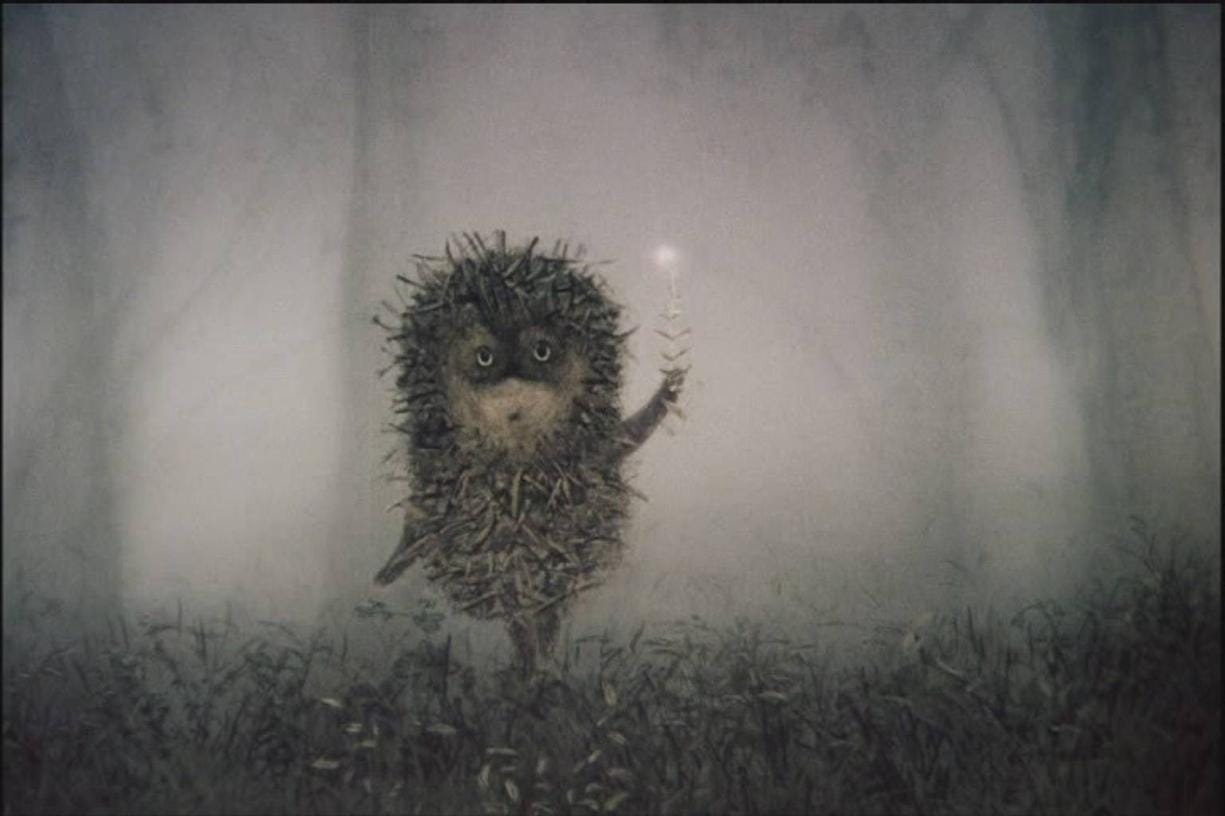
‘Hedgehog in the Fog’ (1975)
Yuri Norshtein defined his cartoon as a philosophical parable. “There is no intrigue in the action, there is no dynamics of action” — this is what the author himself said about his creation. The director rethought the work, which in his vision ceased to be just a children’s fairy tale and acquired a philosophical idea.
To bring his idea to life on the screen, Norshtein had to look for new artistic means and technical solutions. He used combined shooting: elements of the real and animated worlds were combined in the frame. In the cartoon, there are elements of animation and actual photographs of real objects, real water, real trees. Animators faced many difficult artistic challenges. For example, it was necessary to make the Hedgehog dissolve in the fog. The Hedgehog figurine was placed on a white background, covered with a sheet of tracing paper on top, and during shooting the tracing paper was slowly raised, and the Hedgehog disappeared in a white haze. Ten layers of glass to disappear the hedgehog. Artist Francesca Yarbusova came up with the images of the cartoon characters — Hedgehog and Little Bear. The drawings in the cartoon are entirely done in pencil. This made it possible to achieve the necessary mystery, loss and instability of the surrounding world.
The authors made their characters using the “flat puppet” technique. Thousands of small parts, laid out on racks, were moved step by step. This created a unique shot. Norshtein’s discoveries became a real technical breakthrough of that time.
In Christian eschatology, Christ heads the Heavenly Army, riding not on a measly humble donkey as he did riding into Jerusalem, no, he rides now on a white horse. In Slavic mythology, Belbug, the light god, and Chernobog, the dark god, horses were seen as symbols of them, a light horse of the light god, a dark horse of the dark god. The Baltic Slavs’ god, Sventovit, rode a white horse. One of the most ancient symbols is of a god on a white horse killing a serpent. First there was Perun on a white horse killing Veles, the serpent, then St. George. I’m not going to decipher what he meant. Sometimes artists don’t even know. They give us art. They think it means one thing and later with time we can agree or say actually no… it’s otherwise. Yozhik travels to a place he always travels: now a dog, now fear, now wonder and fear, and then help from a dog, from an unknown creature, the obsession surrounding the white horse, the awe, and finally to the friend, a bear, sitting. Counting stars. The eleven minutes are surreal, even hyperreal. Hyperreal and a dream.

‘Hedgehog in the Fog’ (1975)
His next film was a more personal one, Tale of Tales. Personal memories of the Great Patriotic War as told through a little gray wolf. But, it is all an acid trip, all Tarkovsky. It is told through memories, flashbacks, newspaper headlines, film footage, this is all poetry. The main thread is a famous Russian lullaby: “Baby baby rock a bye / on the edge you mustn’t lie / or the little gray wolf will come / and nip you on the tum / tug you into the wood / underneath the willow root.” Again, he used many layers of glass panes to create a 3D effect.
The dream images: a girl skipping rope with a bull, fire, war, water, tears, fear, women doing laundry, the scene of women dancing with their men, slowly, one by one they disappear, until all the women are holding air, to the tune of Burnt by the Sun. In it, serving as a support of the entire structure, is Mozart for the bright scenes, Bach for the sad scenes. The closest thing we have to it is Tarkovsky’s The Mirror, also dealing with childhood memories and the trauma of war. Both are surreal, supernatural, plotless, emotional, there is deep emotion inside them. Hallucinatory geysers of emotion. Tarkovsky said after making the film The Mirror, he thought he failed because maybe it was too idiosyncratic, too personal, nobody would understand it. But then, the letters came, tens of thousands, people from all walks of life, from the Soviet Union to the Warsaw Pact countries pouring their hearts out to him, telling him, “Finally, someone has made a film of my childhood.” The themes are universal. Pain, suffering, loss, the occasional joy in the swirling eddy of despair. Or, old age and remembering.
Soviet animation isn’t always deep and heavy. Many times all it does is, as Norstein said: it shows us how to be compassionate, kind, and use our imagination. Listen to our elders and respect them.
In a triad of cartoons I’ve watched hundreds of times, Crocodile Gena and His Friends, with a strange creature — Cheburashka — with big ears, fluffy, found in an orange crate and his older friend, Gena, the Crocodile. The main theme is friendship. Done with stop-motion clay figures and an Albert Hoffmann background, all flowery pastels and sometimes grays and blacks that I’ve never seen in an American cartoon. The voice of Gena is by Vasily Livanov, who in 1966 wasn’t so famous as he would be, in the late 1970s he’d become the greatest Sherlock Holmes ever on film. But, in 1966 he was the Tom Waits gravel-eating, accordion-playing crocodile who takes the weird outsider, Cheburashka, under his wing. They have some friends, Lev Shandar, the lion, Galya and her puppy, monkeys and a giraffe and a troupe of Young Pioneers, who look more like Oktyobyoniki, the predecessors to Pioneeri. They build a house for homeless people. Shapaklyak, an old spinster with a pet rat tries to stop them, by American standards she’s kind, benign, she’d be mugged by Bugs Bunny or shot to death by Yosemite Sam, Daffy Duck, Foghorn Leghorn. She steals Gena’s accordion, knocks down some bricks, she’s a hooligan wench, but not evil. In one episode Gena is sitting on a train with Cheburashka, she comes and says scoot over, she sits as Gena sings “Blue Wagon.”

‘Gena the Crocodile’ (1969)
In the cartoon Lion Cub and Turtle, a little lion cub meets a giant turtle and listens to his song, then sings along, the pacing for all of these is slower, not Tarkovsky slow, but slower than the John Wayne Gacy fast-paced rhythm of pol-poterie. And it is “pol-poterie,” these un-Disney yankee toons. It is as if a serial killer and mass-murdering totalitarian decided to make some animation based on their fantasies.
Americans have this idea that Disney is the peak of animation. It isn’t. Bambi is excellent, maybe one of the top five films ever made, imho. Not just because it is the first film I ever saw, anywhere, and in a drive-in theater, at that. Not because the former soft erotica writer from Austria, Felix Salten, wrote it … but because of the story, the animation. The artistry. Even then, there was a message to the watchers of the film, how not to act and how to act. The Soviets allowed a freedom that the hidden hand of the market did not allow. Disney, Tex Avery, a few others and that’s it. Some rarities like Jan Svankmeier, the Brothers Quay and a few others are standouts. In the Soviet Union, artists were not sidelined or rejected. They went trashed. Animation erupted, from the 1930s until the 1990s, in so many forms, traditional cel animation, cutout, claymation, in styles that nobody else did anywhere but in the Soviet Union. Ivanovich-Vano, for example, employed lubok, icon painting, frescoes, Dymkovo toys, lace and Russian avant-garde in his later works.
As for today, Russia, like America, is in an animated post-apocalypse. Everything is second-rate, loud, the hero tale is long gone and now the cartoons are merely mirrors of our narcissistic wasteland. The sole exception is Mountain of Gems, a large undertaking to showcase the folktales, in animated form, of all of the peoples of the Russian Federation. Thus far, they have 90 short films, all based on the peoples of the largest country on earth. Alexander Tatarsky — his Plasticine Crow revolutionized stop motion animation — was the first director. Another powerhouse is the animator Alexander Petrov. Many of his works are based on works of literature. He has done The Cow by Andrei Platonov, The Old Man and the Sea by Hemingway, Dream of a Ridiculous Man by Dostoyevsky, The Mermaid by Pushkin. His style can be called Romantic realism. He paints on glass. His paintings are beautiful, realistic, and it seems as if a painting has come to life. My favorites are The Mermaid and The Cow. Norstein said of The Cow, “His first film The Cow was an immediate phenomenon. It was a diploma work and a full-fledged film at the same time, and incidentally was nominated for an Oscar. … Now that was one film which should have won, because it was in all respects a new film. Of a new psychology.”
The Cow was the first Russian animation nominated for an Oscar.
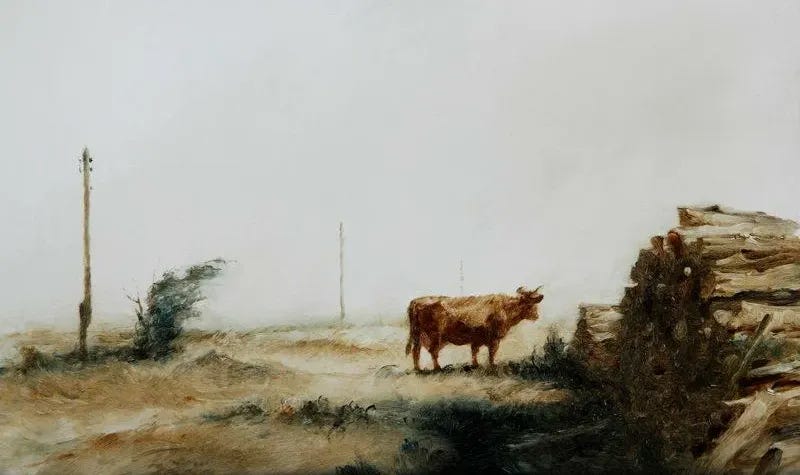
‘The Cow’ (1989)
Animation was born from fairy tales, from folklore. Fairy tales, however, are the mafia whispers for children. These tales had power when first told, have retained that power through the centuries and only now are becoming garish, kitschy, multi-million-dollar “fat Elvis” productions, where they once were lean, hungry, raw. Fairy tales now are for weirdos. For the overeducated, the miseducated, the autodidact. Sometimes for a child. Rarely, both the written original and the Soviet animated version of this tale are seen and enjoyed. My way has been, first the original, memorized, in my head, repeatedly, a book, then the cartoon. Every time, the child says they prefer the stories from the head. Why? Because, from my words to their mind, rides images, rides scenes and the evil witch is pure evil and she has a sour smell, and she’s coming, the brave prince is taller, has a deep voice like Uncle John, is nice, the forest is the forest outside the window grown large. The animated story in a kid’s head is the foundation of myths we tell later, the religion we instill in them; the tales they know work a magic garden for great things to grow. All of our heroes, statesmen, rebels, writers, warriors — all had a tale told them on a dark night by a relative. Rather than look at these stories in a purely capitalist manner, “Are they worth anything”? A story told, a beautiful animated tale seen and heard, these plant great things and attract creatures, the payoff happens many years later. And, decades later, in your graying times (hopefully not that late) you can be, to quote C. S. Lewis, “old enough to read fairy tales again.’“And, perhaps watch them too. I thought of making a list but that would take too long, and where to start? Some of the works listed in this piece are the best places to begin.
There really is something for everyone. Deep, literary, sad and yet beautiful…see Petrov’s works: The Cow, The Mermaid, My Love. Don’t watch with your children. For Tarkovsky-esque rototilling of the mind and soul, watch Norstein’s Tale of Tales.
For good wholesome entertainment: the fairytale animations of Ivanov-Vano, the Brumberg Sisters, The Snow Queen, Lev Atamov.
For shorter animation, for children and adults, Cheburashka, Kitten Named Woof, The Mitten, Lion and Turtle, Umka, Bremen Town Musicians.
For the art fag inside you, Battle of Kerzhenets, done in icon style, indeed the icons and mosaics come to life.
The Song of the Pomors, a collection of short animated films based on Pomor (Russian Arkhangelsk Oblast fishermen) stories.
